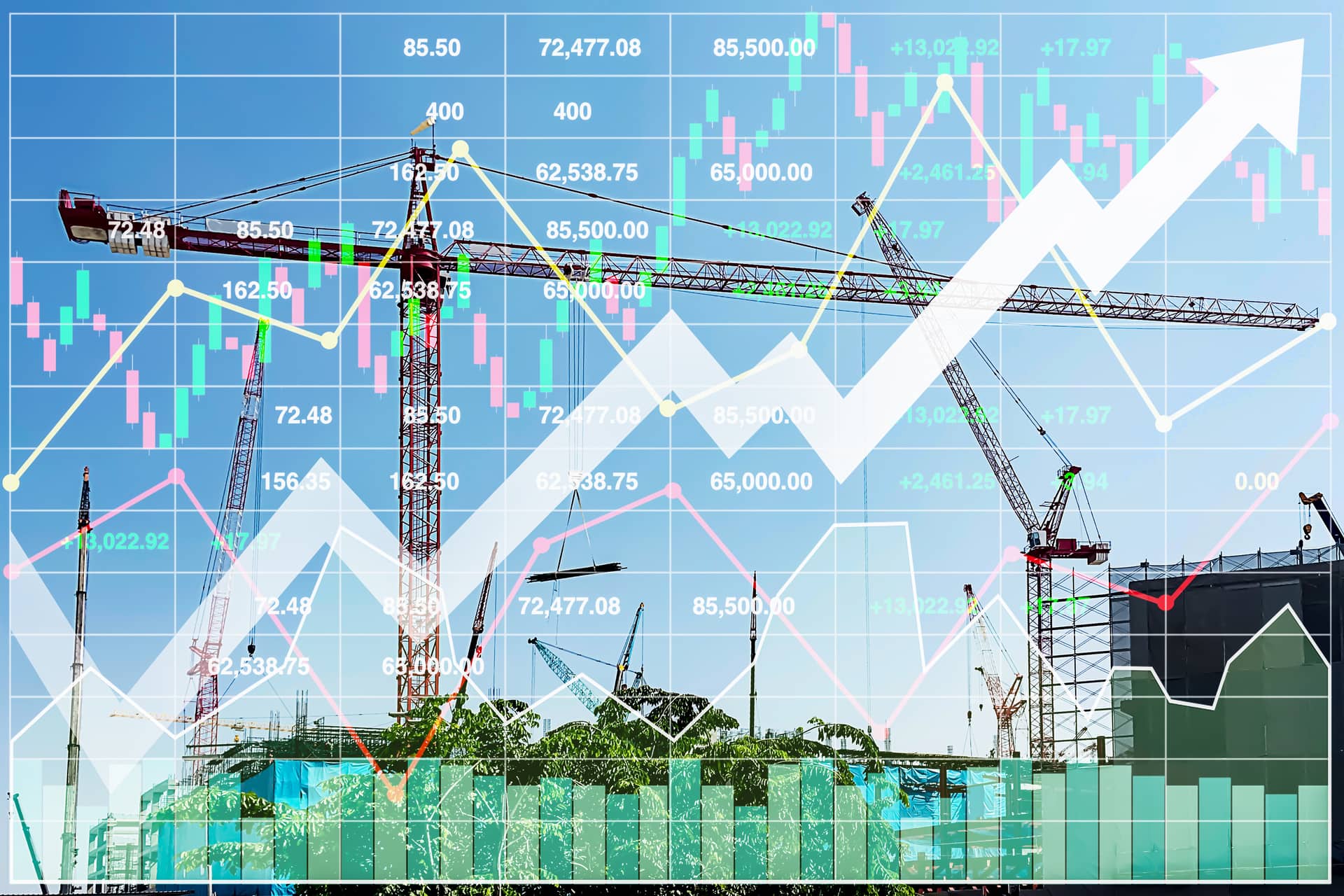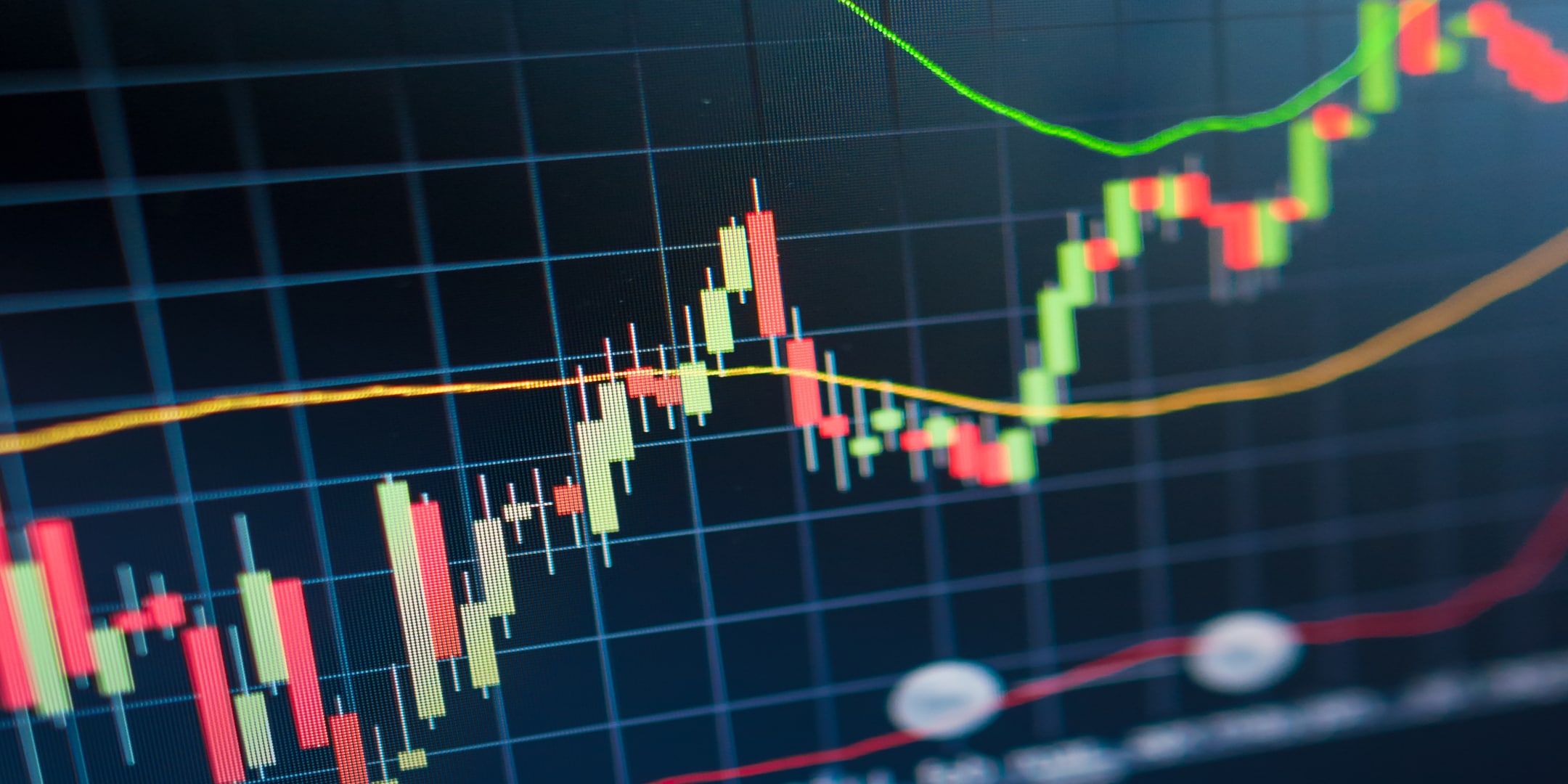
Uncomfortably high. Those two words should make the world highly uncomfortable as they’re referencing the probability of a recession in 2020. In a CNBC article from October 16, 2019, Chief Economist of Moody’s Analytics, Mark Zandi, is quoted as saying, “I think risks are awfully high that if something doesn’t stick to script then we do have a recession. I’ll say this also: Even if we don’t have a recession over the next 12 to 18 months, I think it’s pretty clear that we’re going to have a much weaker economy.”
The issue, as celebrated playwright George Bernard Shaw once famously quipped: “If all economists were laid end to end, they would not reach a conclusion.”
This seems to be the case now.

Bad New Rising
If you’re thinking the report mentioned above has it wrong, it’s not the only one to illustrate an impending time of turmoil.
- An October 23, 2019, Reuters article quotes Ajay Rajadhyaksha, head of macro research at Barclays in New York, as saying, “Our forecasts suggest that below-trend U.S. growth will persist for much of 2020. We still feel that the U.S. and the world economy will avoid recession in the coming months, but the U.S. will not be a global locomotive, as it was in 2018.”
- September 2019 survey results from the Duke Global CFO Global Business Outlook found that more than half (53 percent) of U.S. CFOs believe that the country will be in recession by the third quarter of 2020 and 67 percent believe that a recession will have begun by the end of 2020.
- According to a CBS News article, the Organisation for Economic Cooperation and Development said in a September 2019: “Global economic growth is likely to slow to 2.9 percent in 2019 and three percent in 2020, the weakest annual growth rates since the 2008 financial crisis.”

Good New Climbing
On the flip side, several sources are saying a recession won’t hamper the United States next year.
- A November 1, 2019 article in The Times said that fears of a recession were eased after data was released showing the jobs market is growing. Non-farm payrolls grew by 128,000 roles in October, below the 136,000 rise in September but ahead of economists’ forecasts of 89,000. In addition, payroll gains in earlier months were revised up by a total of 98,000 in the Department of Labor’s employment situation report.
- In an October 31, 2019 Bloomberg article former Federal Reserve chief Alan Greenspan said, “The economy has been weakening, but we’re still in a period of deleveraging. No recession in the last half-century, at least, began from a period of deleveraging.”
- An October 30, 2019 press release from the S. Department of Commerce said that real gross domestic product actually increased at an annual rate of 1.9 percent in the third quarter. “Today’s report shows that the U.S. economy continues its steady growth in defiance of media skeptics calling for a recession,” said Secretary of Commerce Wilbur Ross.

Making Sense of the Numbers
Articles predicting a recession. Articles predicting there will be no recession. How can you make sense of the content that’s coming through your daily news source?
The latest issue of CURT’s magazine The VOICE includes a guest article by economist Anirban Basu that discusses the predictions and the hard data (you can read it for free here), with a focus on construction. Basu, who is Chairman & CEO of Sage Policy Group Inc., pushes through the hearsay and focuses on the tangibles. He says this period of time is especially hard to predict given a climate of uncertain policymaking and cites growing uncertainty from consumers, policymakers, and even those who make economic predictions.
The good news…Basu will be delivering a fast-paced and informed economic update at CURT’s National Conference in February. Mark it on your calendar for opening day, February 10, 2020, Monday, 3:45 pm to 5:15 pm. Register here!
CURT’S MISSION IS TO CREATE A COMPETITIVE ADVANTAGE FOR CONSTRUCTION USERS. CURT ACCOMPLISHES THIS MULTIFACETED OBJECTIVE BY PROVIDING AGGRESSIVE LEADERSHIP ON THOSE BUSINESS ISSUES THAT PROMOTE EXCELLENCE IN THE CREATION OF CAPITAL ASSETS.

great article